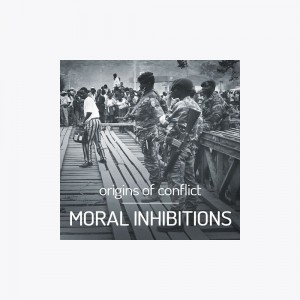Go back where you came from
$6.99
What are the assumptions behind the phrase “go back where you came from”? What are the groups in our own society? What rights/power do we associate with those groups?
KEY QUESTIONS
What are the assumptions behind the phrase “go back where you came from”? What are the groups in our own society? What rights/power do we associate with those groups?
Wherever discrimination occurs, the behaviour, feelings and attitudes involved are usually similar. Attitudes influence actions. In some circumstances, attitudes force actions. This lesson looks at how these dynamics operate in the real world.
This kind of reflection can help students become more aware of the actions they choose to participate in and the values they choose to tolerate. This awareness can help them to influence the quality of thinking and levels of tolerance around them, as active participants in their own communities.
AIMS AND PURPOSE
For students to identify the underlying danger in labelling groups of people as ‘not belonging’.
To understand that the victims of racial discrimination are usually innocent individuals who have no actual connection to the fears and resentments of the perpetrators of the discrimination.
To learn about the role played in the Rwandan genocide by the idea that the Tutsis did not belong in Rwanda.
WHAT DO I GET?
There are three PDFs included with this lesson:-
A two-page lesson plan covering the key questions, aims, resources needed and a detailed outline of the suggested method and activities.
A set of handouts ready for printing.
A set of presentation slides for class discussion.










